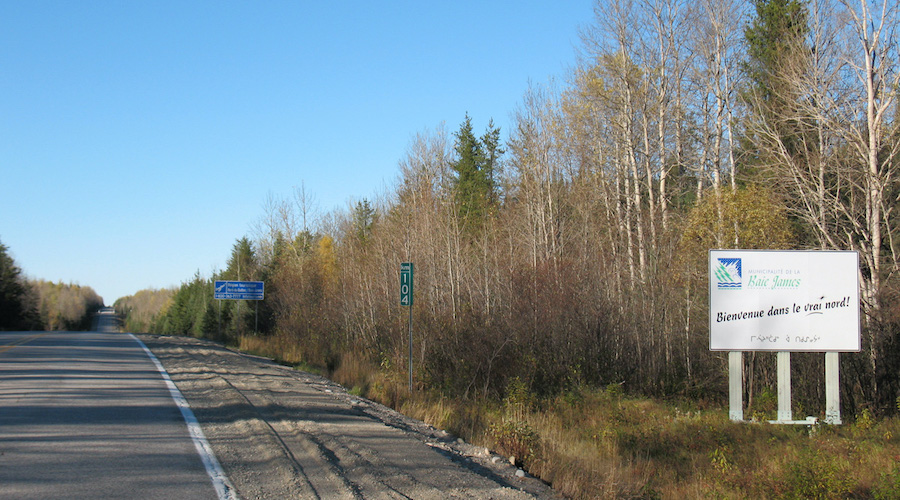
First Mexican Gold (TSXV: FMG) announced that it has received approval from the TSX Venture Exchange and has completed the acquisition of a 100% interest in the Golden Giant project in Quebec.
In a press release, the Canadian miner said the acquisition was carried out in accordance with the terms of a share purchase agreement between 2678581 Ontario Inc. and the sole shareholder of OntCo, pursuant to which FMG acquired all of the issued and outstanding common shares of OntCo, which holds a 100% interest in Golden Giant.
First Mexican is compiling regional government and past historical exploration data in order to prepare for an initial exploration program at the Golden Giant project during the summer 2020 field season
As consideration for the purchase, the buyer paid $75,000 to the vendor and issued an aggregate of 3m common shares in the capital of First Mexican.
Golden Giant is located in the James Bay lowlands area of the northwestern region in the Province of Quebec. The project is comprised of two land packages covering approximately 8,865 hectares, one of which is immediately contiguous with Azimut Exploration’s Elmer project and approximately 2.8 kilometres south of the Patwon gold discovery.
The land packages are the GGEast property, which occupies 5,488 hectares, and the GGWest property, which extends for 3,377 hectares. According to First Mexican, both properties are underlain by felsic and mafic volcanic Archean rocks of the Wabamisk and Komo Formations, which are favourable hosts to gold mineralization in the James Bay region.
“The properties are cut by regional fault structures, and have parallels to that of numerous other gold showings in the area, including Azimut’s Patwon discovery from which recent drill results included up to 3.15 g/t Au over 102.0 m,” the miner’s release states.
“Of particular interest is the magnetic signature underlying the GGEast property, which consists of disrupted high-magnetic felsic volcanics, which may be associated with hydrothermal alteration or the emplacement of low-magnetic felsic intrusions.”